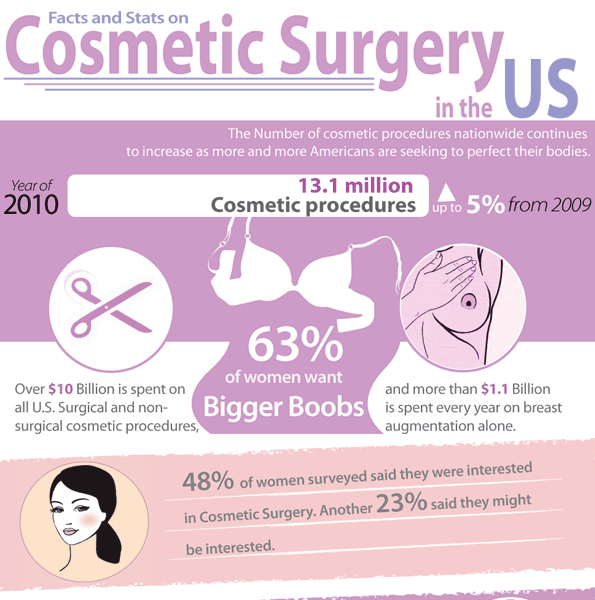How To Avoid Acne Flare Ups
How To Avoid Acne Flare Ups
Blog Article
Hormonal Acne - What is Hormonal Acne?
Hormone acne is defined by blocked pores and oily skin that generally appears on the chin and jawline. It takes place when hormonal adjustments activate inflammation and microbial overgrowth within hair follicles.
Outbreaks might look like whiteheads, blackheads, papules or pustules and cysts or nodules in more severe cases. It is more common in teens going through puberty however can impact adults of any type of age.
What Triggers Hormonal Acne?
While acne can be caused by a variety of elements, including using hair and skin care products that aren't oil-free or made with ingredients that could clog pores, genetic proneness, diet,2 and stress, the root cause is fluctuating hormones. Hormone acne takes place when the body experiences hormone adjustments and variations that bring about an overflow of sebum, which triggers swelling, enhanced growth of bacteria and changes in skin cell activity.
Hormone acne is usually located on the reduced jawline, cheeks and neck however can appear anywhere on the body. It is defined by blemishes that are cystic, unpleasant and filled with pus or other material. It is additionally more probable to take place in ladies than men, especially throughout the age of puberty, the menstruation, pregnancy or menopause.
Age
While numerous kids experience acne at some point throughout the age of puberty, it can continue to afflict adults well right into the adult years. Referred to as hormonal acne, this form of outbreak is linked to changes in hormones and is typically most usual in females.
Hormone acne occurs when oil glands produce way too much sebum, which obstructs pores and catches dead skin cells. This results in the formation of imperfections, such as whiteheads, blackheads and papules, pustules, cysts or blemishes, deep under the surface.
This type of imperfection commonly triggers pain, soreness and swelling. It may also be intermittent and show up around the same time each month, such as right prior to your period starts. This is due to the fact that levels of female hormonal agents like progesterone and oestrogen change with each menstrual cycle.
Menstruation
Hormone acne generally shows up in the reduced part of your face, along the jawline and cheeks, as whiteheads, blackheads or inflammatory pimples (acnes and cysts). It's probably to appear around the moment when your menstruation modifications.
Especially around ovulation, when estrogen and progesterone degrees are on the surge, hormonal agent fluctuations can create breakouts. But it's additionally possible to get acne at any kind of point throughout your 28-day menstruation.
If you discover that your hormone acne flares up right before your duration, try seeing when precisely this happens and see if it connects to the phases of your 28-day menstruation. This will help you identify the root causes of your skin problems. For instance, you might wish to work on stabilizing your laser hair removal blood sugar and removing high-sugar foods, or think about a prescription medication like spironolactone that can control your hormones.
Maternity
Growing a child is a time of remarkable hormone modifications. For many ladies, this includes a flare-up of hormone acne. This type of outbreak typically starts in the first trimester, around week 6. It's caused by hormonal agent surges that promote sebaceous glands to make more oil, which can clog pores and trigger even more germs to accumulate.
Breakouts might also take place as a result of pre-existing conditions like polycystic ovary disorder, which can also be a problem during pregnancy and menopause. Likewise, some types of contraceptive pill (such as Ortho Tri-Cyclen and YAZ) can trigger hormonal acne in some females.
Fortunately, the majority of acne treatments are "no-go" for expectant women (consisting of popular acne-fighting components such as isotretinoin and spironolactone). Yet if you can't stay clear of those irritating bumps, your medical professional may recommend dental erythromycin or cephalexin, which are safe while pregnant.
Menopause
As women approach menopause, the estrogen degrees that caused their hormone acne to flare during adolescence start to stabilize and reduce. At the same time, nonetheless, a spike in androgens (also referred to as male hormonal agents) occurs since these hormonal agents can't be exchanged estrogen as properly as previously.
The unwanted of androgens can trigger oil production by the sweat glands, which obstructs pores. When the blocked pores come to be inflamed and inflamed, an acne kinds.
Hormonal acne is usually seen on the face, specifically around the chin and jawline, but it can happen on the neck, back, shoulders, or breast. This sort of acne tends to flare up in an intermittent pattern, comparable to the menstrual cycle. Anxiety, which raises cortisol and throws hormones out of balance, additionally adds to the breakouts.